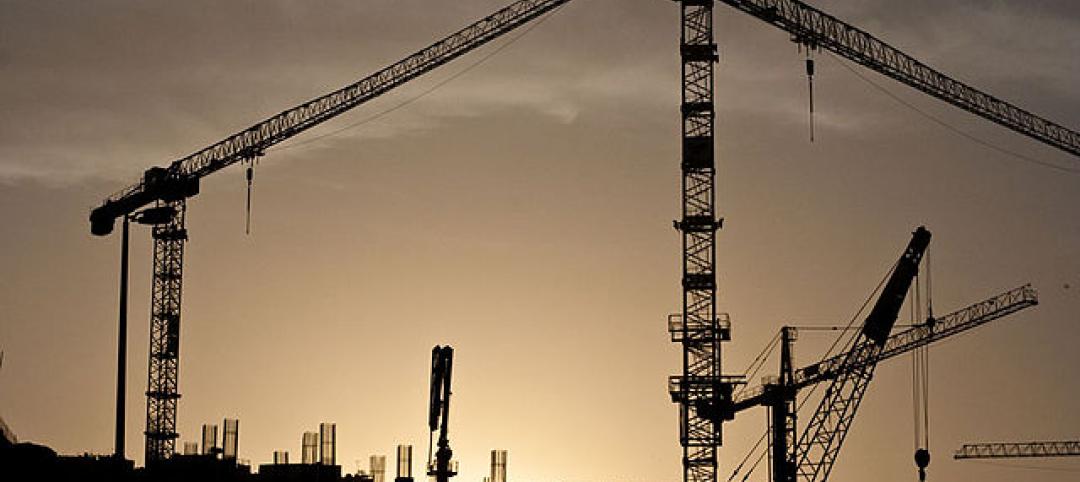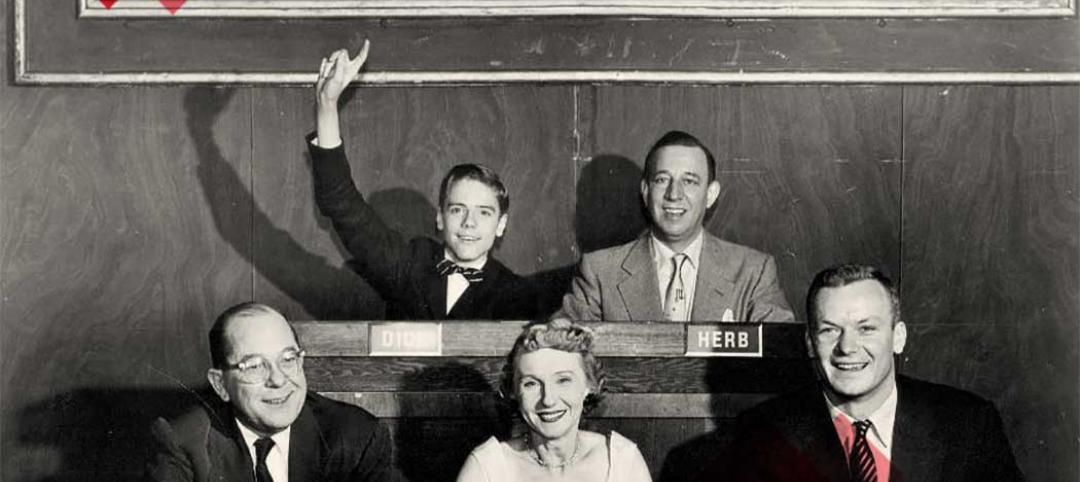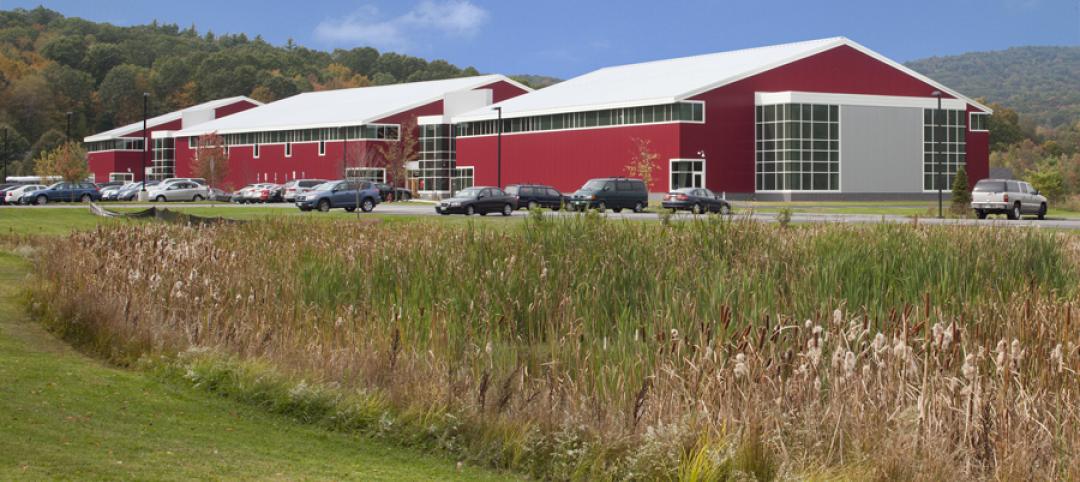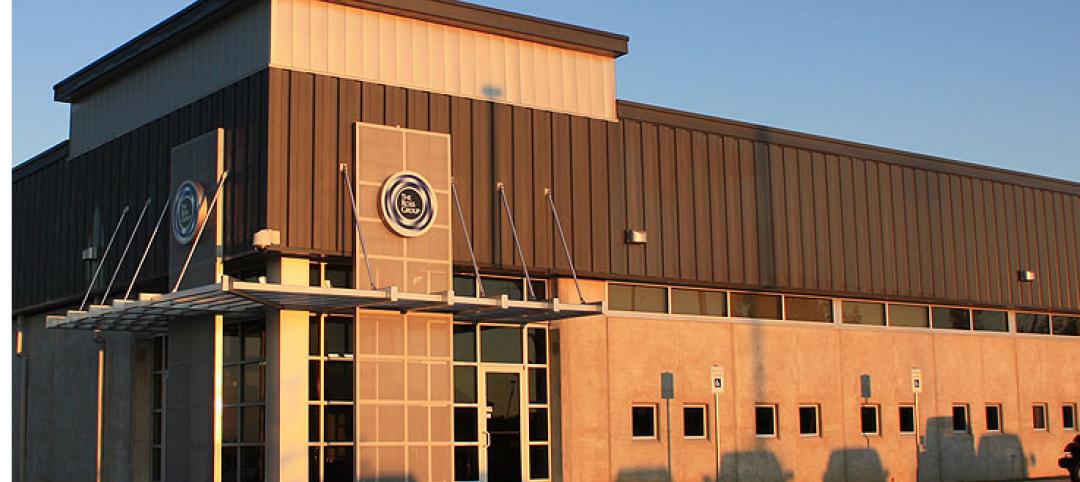Compelling your clients to provide you with quality referrals is one of the best ways to build a successful business.
“A powerful referral system has the potential to increase your bottom line by 5 to 20 percent or more,” says Business Leadership Coach Jonathan Goldhill in a recent Construction Business Owner article. “Most business owners leave tremendous sums of money on the table by not having referral systems in place that excite their clients enough to recommend their business to others.”
Here are ways to ‘train’ your clients to make quality referrals.
The leading question to ask
“With laser-like precision, you can help identify the perfect prospect you’re seeking by asking your clients, ‘Do you know any developers with commercial projects planned for our area?’ or by asking ‘What architects do you know in town who work on commercial and/or public works projects?’” Goldhill writes.
If your customers are satisfied with your expertise and service, ask them if they can think of anyone else facing a challenge or problem similar to the one you solved for them.
The referral sheet or ‘brain tickler’ form
If you’re targeting particular types of businesses, list them on your referral sheet with spaces for names, phone numbers, contacts and addresses.
“If you want your client to think of a particular demographic profile, write a specific description on your sheet, e.g., a civil engineering firm that specializes in commercial, road and highway construction, heavy construction, water/sewer and pipeline, excavation and demolition,” he writes.
Get the address book
Ask your clients to find five to 10 names in their address books that suit your demographic profile.
Get to know who your clients know
Even if your client is new in town, he or she might know a person in the commercial construction industry who, in turn, knows quality people who could use your service.
How to time the referral request
Consider these five major opportunities to ask for referrals:
• When a client pays for your services
• When you’ve had a client who has used your services numerous times
• Within a few days of seeing the client
• When you receive praise or a thank you from a client
Thanking your clients
To maintain the flow of referrals, send a thank-you card or gift when your regular client sends you a referral.
“Another idea would be to give a select number of your regular clients coupons to give to the people they refer, inviting them to come to your business and receive a complimentary gift,” Goldhill writes. “Once a client has impressed you with numerous high-quality referrals, consider offering them a more significant reward that is tied to your services.”
Read more at Construction Business Owner.
Editor's Note: This is sponsored content. The text was provided by the sponsor company.
More from Author
John Negich | Dec 5, 2014
New construction outlook report projects growth in 2015
A new 2015 construction outlook report predicts that total U.S. construction starts for 2015 will rise 9% to $612 billion. SPONSORED CONTENT
John Negich | May 11, 2014
8 starter questions to answer when thinking about building
So, are you ready to start building? Completing these eight questions will help you answer that confidently. SPONSORED CONTENT
John Negich | Feb 19, 2014
Why you should start with a builder, part two
When it’s time to build or expand, the first step is finding a builder that fits your needs. Once you have found a builder, checked their references, visited with their previous clients and are ready to move forward, the next step is answering an initial set of questions that will direct your project.
John Negich | Feb 6, 2014
New Hampshire metal building awes visitors
Visitors to the Keene Family YMCA in New Hampshire are often surprised by what they encounter. Liz Coppola calls it the “wow factor.” “Literally, there’s jaw dropping,” says Coppola, director of financial and program development for the Keene Family YMCA.
John Negich | Oct 23, 2013
Some lesser-known benefits of metal buildings
While the durability of metal as a construction material is widely recognized, some of its other advantages are less commonly acknowledged and appreciated.











